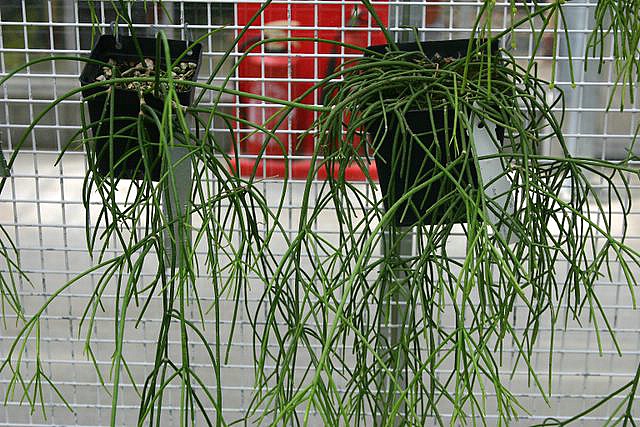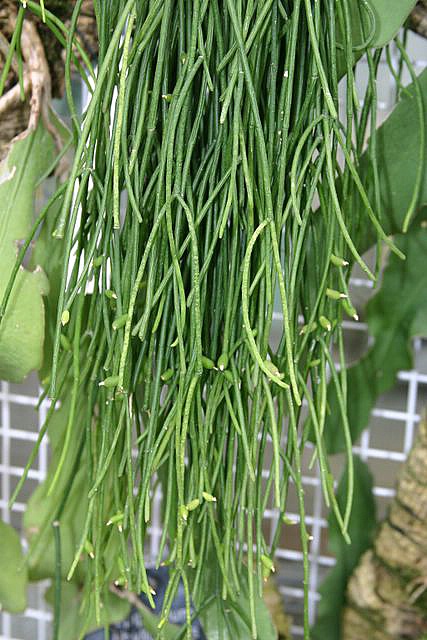|
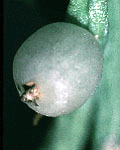 R. baccifera (Mexico 36336) received from Barthlott circa 1978 |
R. baccifera (from Angel Plants in Florida.) |
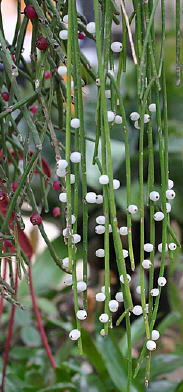 Unkown species of baccifera |
| The type of R. baccifera is assumed to have come from the Caribbean, whence it was introduced to England by Philip Miller in 1758 (Stearn, l.c.). A more or less contemporary specimen of R. baccifera in the Herbarium of Schreber (b. 1739, d. 1810) is annotated "scum opuntioides H. Kew. Jamaica' (M!). This complex species requires further and detailed study and the present treatment should be regarded as provisional only. As currently circumscribed it is the most widespread of all cactus species in nature and is divisible into various subspecies. subsp. baccifera DISTRIBUTION. Neotropics including the Caribbean (also E Mexico & Florida), Central America and northern South America, southwards to at least Paraiba state, northeastern Brazil (replaced by subsp. shaferi in Paraguay, Argentina and Bolivia, and by subsp. hileiabaiana in cent. & E Bahia, Brazil): epilithic and epiphytic, low elevations to at least 1600 m altitude. ------------- R. baccifera (J. Miller) Stearn, trans. nov., Cact J (Croydon)
7: 107 (1939) Johann Sebastian Mueller (1715 – c. 1790), a German draughtsman and engraver who came to London from Nurnberg in 1744 and anglicised his name to John Miller, should not be confused with his contemporary, Philip Miller ( 1691-1771) of the Chelsea Physic Garden, whose works he helped to illustrate. His figure and description of Cassyta baccifera are obviously done from a living plant, almost certainly one cultivated at Chelsea or Kew, and as Gaertner later based his Rhipsalis Cassutha on a specimen sent from Kew by Sir Joseph Banks, the two names may actually have had the same type. Swartz (1800) cited both as synonyms of his Cactus pendulus: there seems no doubt about their belonging to the one species, which, according to Aiton, was introduced into cultivation from the West Indies by Philip Miller in 1758 Info from Bradleya 13. 1995 subsp. baccifera ---------------------------- An easy way to tell the various subspecies of Rhipsalis baccifera (From New Cactus Lexicon 2006:
Caribbean and Central American populations counted thus far are tetraploid in chromosome number (2n = 44), while South American populations are diploid (2n = 22). Drawing of cassythoides, considered to belong under ssp baccifera. Comment. So many species are named R. baccifera that it is almost impossible to tell "an original." Four or five growing in my greenhouse have different vegetation although flowers are similarly inconsequential. If anything, they are large weeds that take up more room than they are worth. Ken Friedman.
|
|||
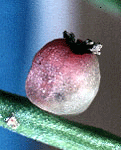
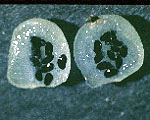
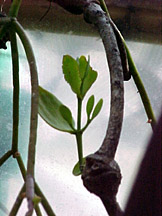
.jpg)
